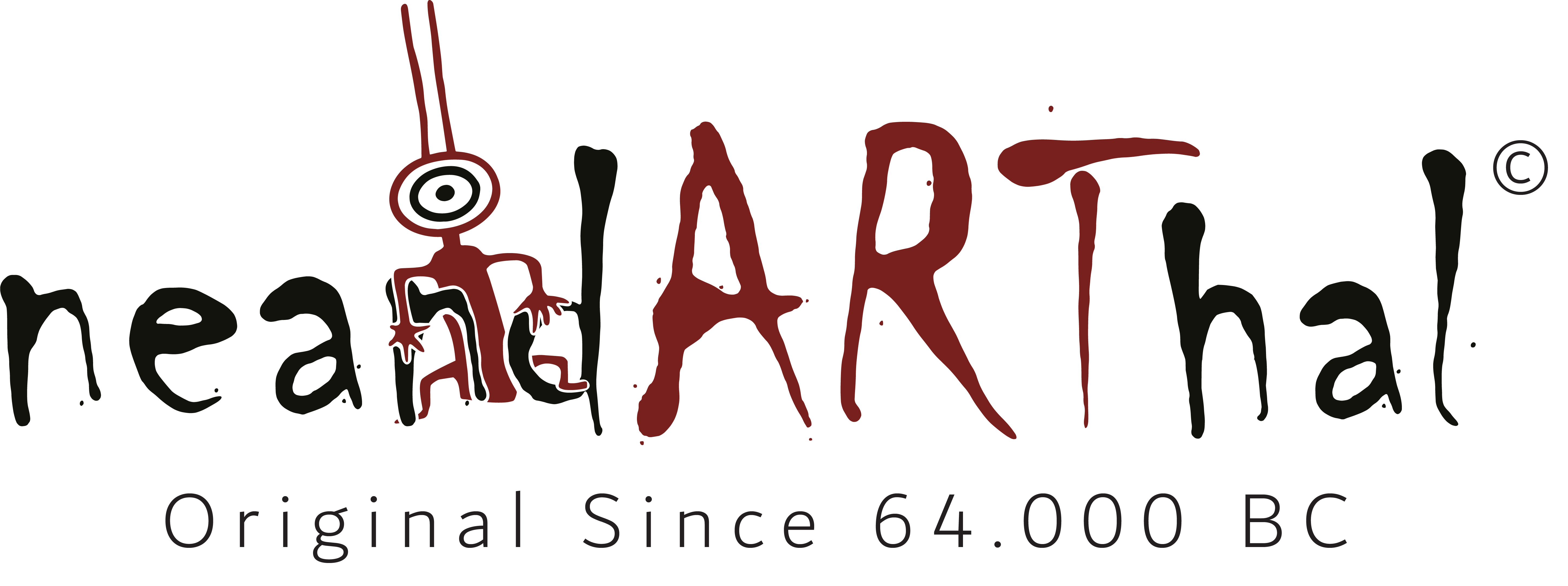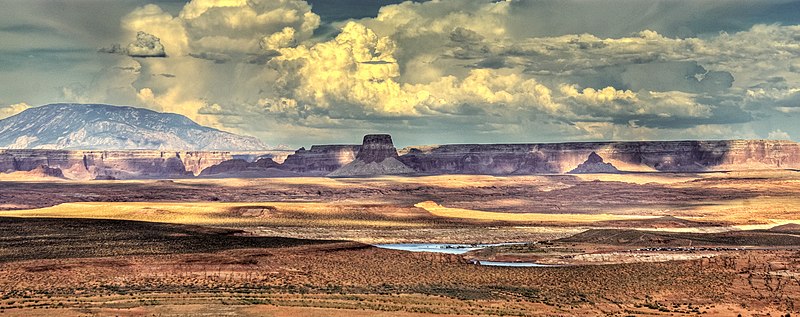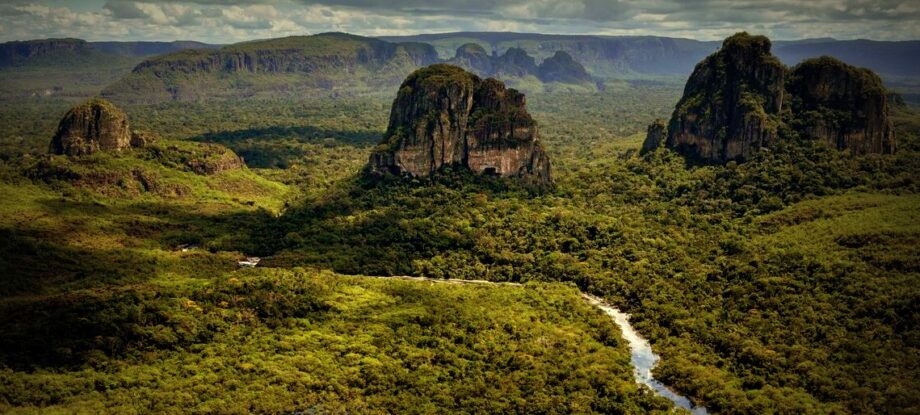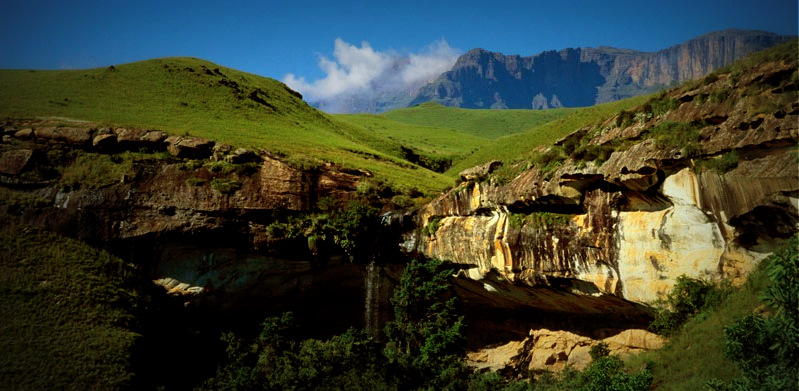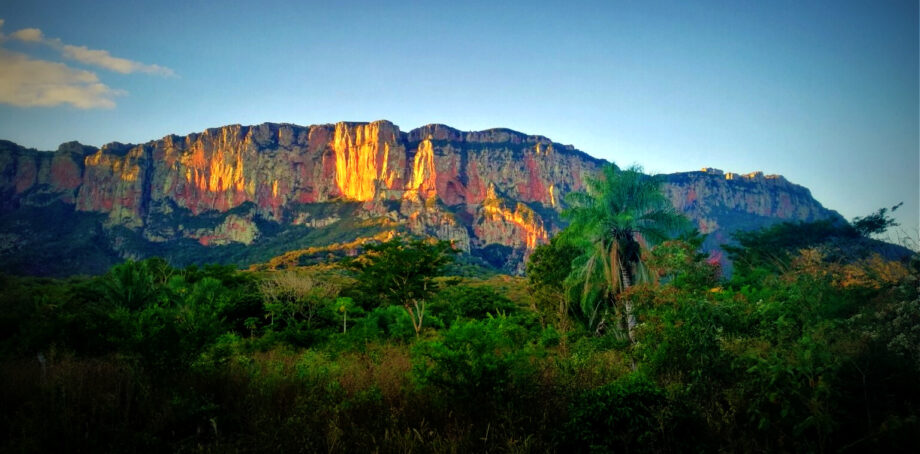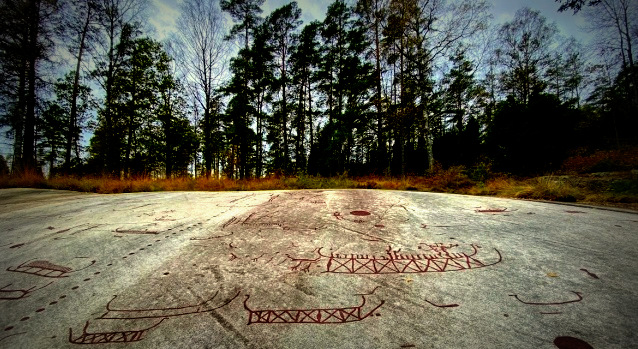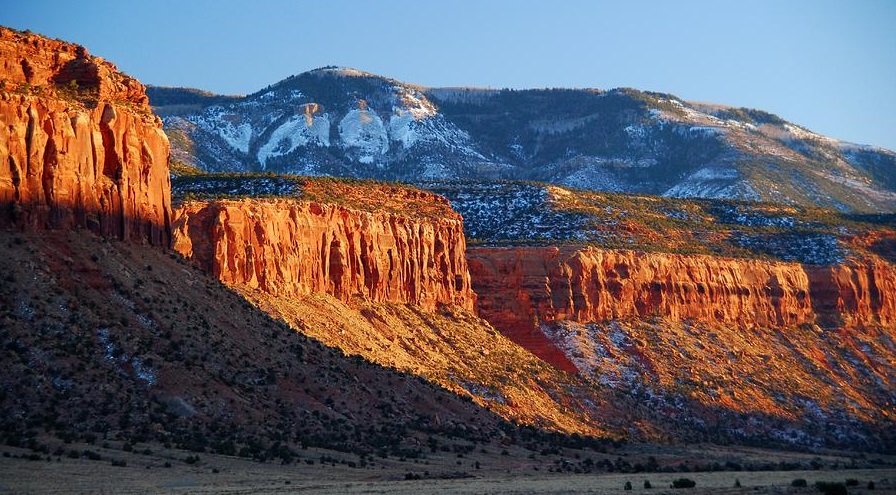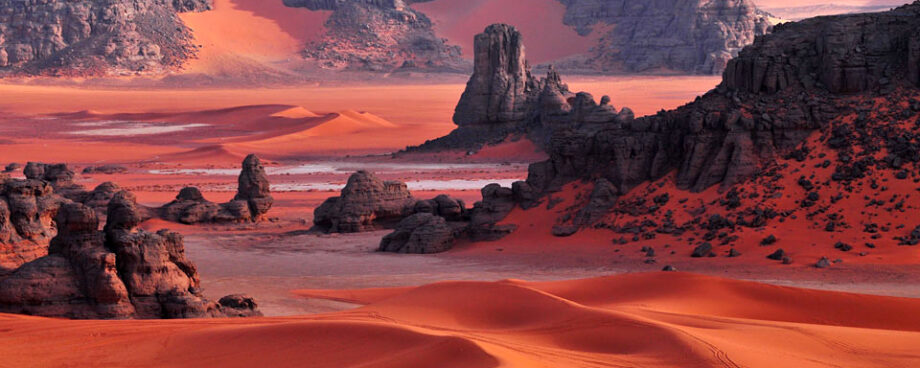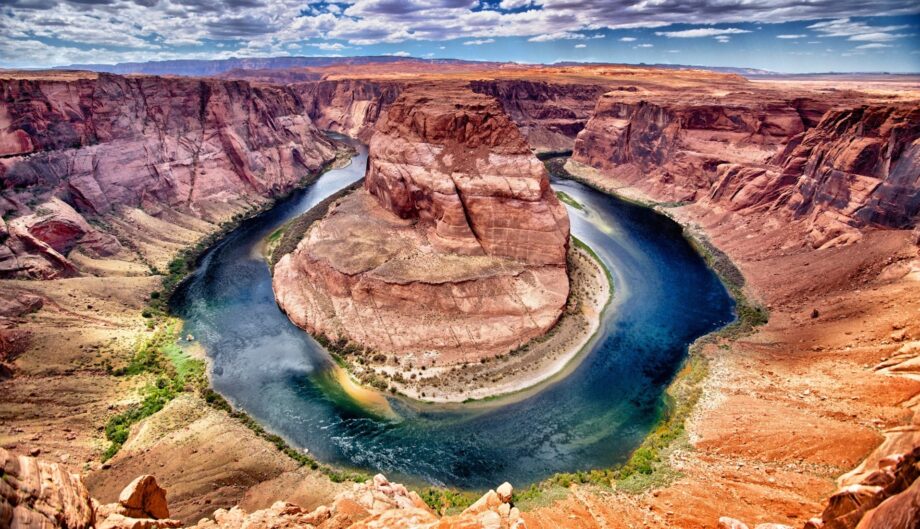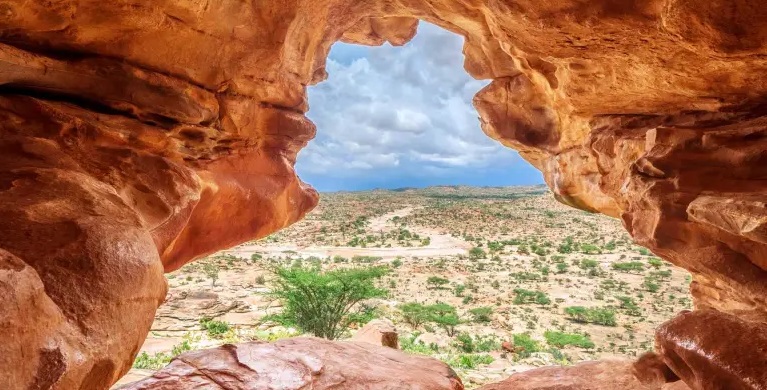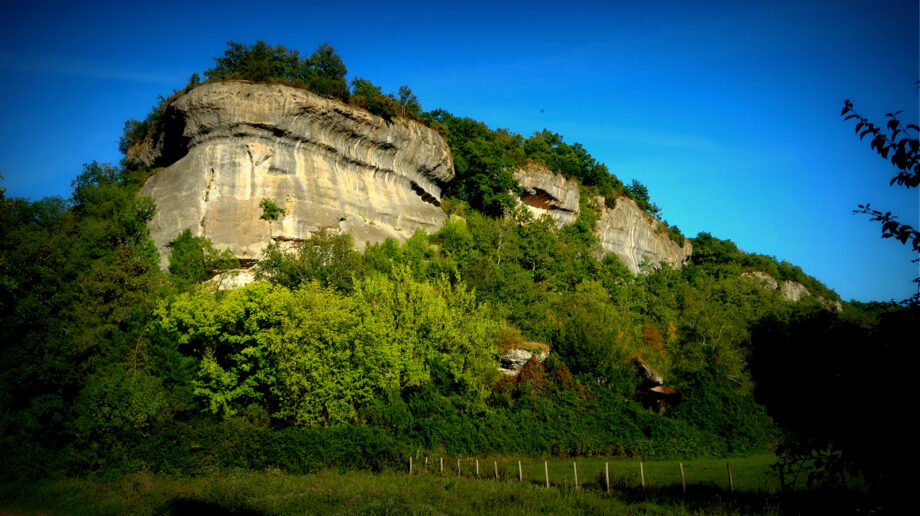The rock walls of Canyon Pintado have served as a massive canvas for thousands of years, preserving the history of the land and it’s people against both natural and human destruction.
While the British colonies along the continent’s Eastern Seaboard were declaring their independence and rising up in revolution in 1776, Colorado was still Spanish territory, exactly 100 years from becoming a U.S. state. In that momentous year, Spanish priests Francisco Atanasio Domínguez and Silvestre Vélez de Escalante led an expedition in the desert southwest searching for a safe passage between Santa Fe, New Mexico, and California.
When they arrived to the arid lands of the Colorado Plateau south of present-day Rangely, they were shocked to find strange scrawled and chiselled figures, some with threatening warlike stances, staring back at them stoically from the rocky canyon walls above.

Canyon Pintado is believed to have been occupied by prehistoric people for as long as 11,000 years. In this land of converging cultures, most of the rock art that exists today is attributed to the Fremont Indians, who lived in the region from about A.D. 650 to 1200, when they seemingly disappeared.
Photo: Creative Commons
Through the centuries, the style of Fremont art evolved, possibly reflecting profound changes in their society. Early art known as the Barrier Canyon style featured corn stalks and “CarrotMen,” anthropomorphic forms with floating triangular bodies wearing mystical headdresses, revealing a reverence for agriculture and ritual. One such site, called the “Sun Dagger,” appears to use the play of light and shadow at the corner of an overhanging ledge as a planting calendar to record celestial events like solstices and equinoxes.
Today, finding rock art sites in Canyon Pintado is less arduous than in the days of Dominguez and Escalante thanks to the designation of the region as a national historic district and preservation efforts by the town of Rangely and the Bureau of Land Management.
Video presentation
There is quite a lot of information about this region and its importance. This time we chose Sunbelt Spotlight with their guest speaker Steve Freers, co-author of “Rock Art of the Grand Canyon Region.” She gives us visually stunning overview of the rock art styles and sites that have been documented in the Grand Canyon area.
